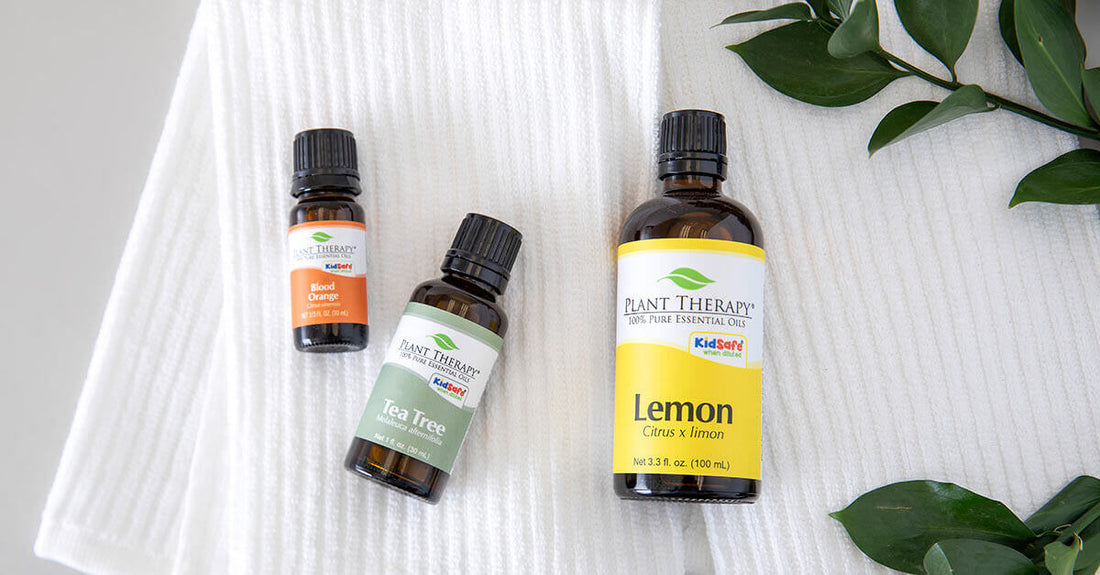Organic Chemistry…
No, don’t run! It’s ok! Don’t let your eyes glaze over quite yet. I am going to try to explain this so we can all be on the same page! Don’t worry – it’s not too complicated.
Chemical Families or Functional Groups refer to a group of compounds that share similar characteristics. Let’s take a quick look at each family and for the sake of basic information, I will be discussing the main therapeutic properties of each family. This information is important because we can make generalizations based on the percentages of each family present in an essential oil. Since the chemistry of essential oils is complex, these are very general, but give us a jumping-off point when choosing oils for blends. You can find this information on a GC/MS report (which we are working on getting onto the website) and then you can see the breakdown of compounds in each family. Essential oils typically belong to many families, however, certain constituents are higher in some families than others. Keep in mind this is a basic list and covers only the most common families.
It’s important to remember that when working with essential oils many aromatherapists are looking for specific compounds, but the entire composition should be taken into consideration when making choices. Simply because an oil has a higher percentage of a certain chemical family doesn’t make it a direct substitution for another oil.
Still with me? Ok, let’s dive in!
We have two large groups, with smaller family groups:

HYDROCARBONS or TERPENE COMPOUNDS
Refers to a group of compounds with only hydrogen and carbon atoms.
Monoterpene
Large, light & airy compounds. These molecules tend to evaporate or oxidize quickly. Essential oils in this family are airborne deodorizers, antiseptic, decongestant and rubifacient. This is the largest group, comprising a large selection of oils many of whom belong to other families as well.
Examples of essential oils in this group are:
Sesquiterpene
Essential oils in this family are anti-inflammatory, anti-allergenic, anti-spasmodic & sedative.
Examples are:

OXYGENATED COMPOUNDS
Refers to the many compounds that contain hydrogen, carbon, and oxygen atoms. Many essential oils with high percentages of alcohol are generally anti-infectious, bactericidal, and antiviral. Some may have a balancing effect
Monoterpenol
Antiseptic, anti-viral, anti-fungal & uplifting.
Examples are:
Sesquiterpenol
Anti-inflammatory, cooling, grounding & supportive to body systems. Oils high in sesquiterpenols tend to be from the roots/bark of plants. The most “famous” of these is a-santanol found in sandalwood.
Examples are:
Phenols
Stimulating to body & immune system, anti-infectious. Phenols should be used in acute situations for very specific reasons and for short periods of time.
Examples are:
Esters
These compounds are antispasmodic, calming to the central nervous system & healing for the skin. Some can be anti-inflammatory.
Examples are:
Oxides
Can be decongestant, anti-viral, analgesic & stimulating for the mind. This group is known for the compound 1,8-cineole which is a fantastic decongestant.
Examples are:
Aldehydes
These oils are fantastic anti-fungals, sedative, cooling & anti-inflammatory. Please use in low dilution (typically 1%) as they can cause sensitivity to the skin.
Examples are:
-
Melissa (Lemon Balm)
Ketones
A group of compounds that can be toxic (as in the case of thuja and wormwood). Properties include mucolytic, circulatory stimulant, analgesic. Caution should be used with ketones during pregnancy.
Examples are:
It’s important to remember that this is a very brief look at these compounds, the properties they exhibit, and how they function in essential oils.
Each oil is a complex structure containing hundreds of compounds. For more information on the chemical makeup of essential oils, consider a great reference book like “Essential Oil Safety” by Robert Tisserand or “The Complete Guide to Aromatherapy” by Salvatore Battaglia. Both of these books break down each chemical family, compound and allow you to have a better grasp of what each does therapeutically. Use the above information with our post about Therapeutic Properties for a good start on the chemical makeup of essential oils.
If you have questions or concerns please contact one of our certified aromatherapists at aromatherapist@planttherapy.com and head over to join our Facebook group Safe Essential Oil Recipes.









